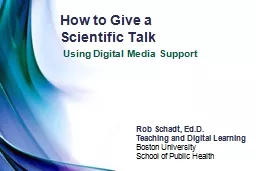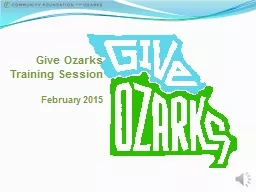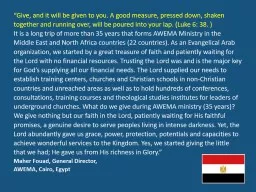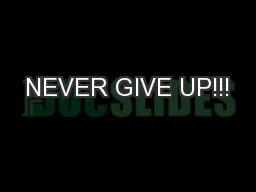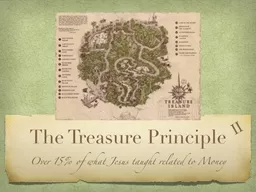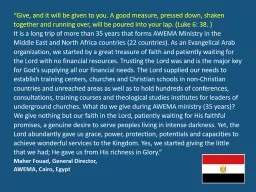PPT-How to Give a
Author : kittie-lecroy | Published Date : 2017-07-21
Scientific Talk Using Digital Media Support Rob Schadt EdD Teaching and Digital Learning Boston University School of Public Health Some Examples Research project
Presentation Embed Code
Download Presentation
Download Presentation The PPT/PDF document "How to Give a" is the property of its rightful owner. Permission is granted to download and print the materials on this website for personal, non-commercial use only, and to display it on your personal computer provided you do not modify the materials and that you retain all copyright notices contained in the materials. By downloading content from our website, you accept the terms of this agreement.
How to Give a: Transcript
Download Rules Of Document
"How to Give a"The content belongs to its owner. You may download and print it for personal use, without modification, and keep all copyright notices. By downloading, you agree to these terms.
Related Documents

